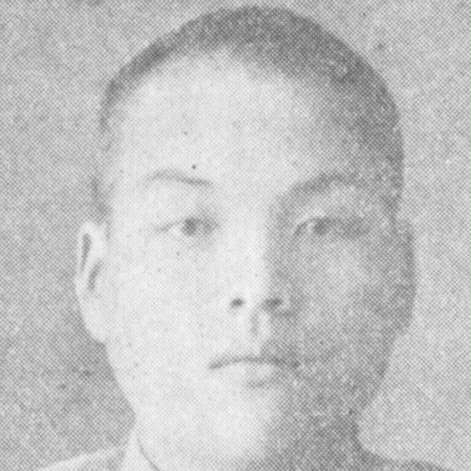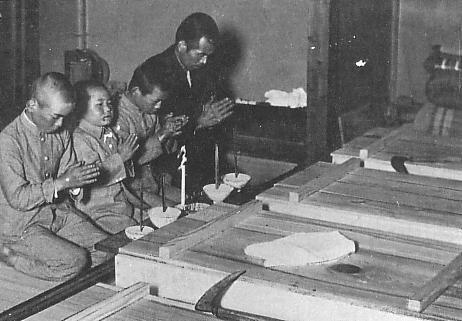
1917 - 1938
Mutsuo Toi
Summary
Name:
Mutsuo ToiYears Active:
1938Birth:
March 05, 1917Status:
DeceasedClass:
Mass MurdererVictims:
30Method:
Shooting / Stabbing / BludgeoningDeath:
May 21, 1938Nationality:
Japan
1917 - 1938
Mutsuo Toi
Summary: Mass Murderer
Name:
Mutsuo ToiStatus:
DeceasedVictims:
30Method:
Shooting / Stabbing / BludgeoningNationality:
JapanBirth:
March 05, 1917Death:
May 21, 1938Years Active:
1938bio
Mutsuo Toi was born on March 5, 1917, in Okayama Prefecture, Japan, to a well-off family. His parents both died of tuberculosis when he was an infant, leaving him and his sister to be raised by their grandmother. He was reportedly a bright, active child, known for his outgoing personality and good academic performance.
However, Toi’s life began to change dramatically after his sister’s marriage in 1934, when he was 17 years old. The event marked the beginning of his social isolation. Friends and neighbors noticed that he became increasingly withdrawn and reclusive, preferring solitude and displaying occasional signs of emotional instability.
During his late teens, Toi became fascinated by sensational stories in the Japanese press—particularly the infamous 1936 case of Sada Abe, a prostitute who murdered her lover and mutilated his body. He began writing an unpublished novel titled Yūtokaiōmaru (雄図海王丸), suggesting a growing fixation on violence and taboo sexuality.
Toi also took part in the rural custom of “Yobai” (夜這い), or “night-crawling,” where young men would secretly enter women’s homes at night seeking sexual encounters. Although accepted in some countryside regions at the time, his behavior reportedly became obsessive and aggressive, especially as women in his village began rejecting him.
In 1937, Toi was diagnosed with tuberculosis, a fatal and highly stigmatized illness in prewar Japan. Following his diagnosis, villagers began avoiding him, and he claimed that the women he once pursued now scorned him. This combination of illness, social rejection, and resentment pushed Toi into a deep psychological crisis. His writings revealed both feelings of humiliation and desires for revenge against those he believed had shunned or mocked him.
murder story
On the night of May 20, 1938, Mutsuo Toi severed the electricity line in the village of Kamo, plunging the area into darkness. Around 1:30 a.m. on May 21, he attacked his 76-year-old grandmother while she slept, decapitating her with an axe. Following this, he equipped himself with a modified shotgun, a katana, an axe, several daggers, and 200 rounds of ammunition. He strapped two flashlights to his head and moved stealthily through the village.

During the next hour and a half, Toi killed 29 of his neighbors. Twenty-seven people died at the scene, while two others later succumbed to their injuries. This brutal attack nearly wiped out half the small community. By dawn, Toi took his own life by shooting himself in the chest on a nearby mountain. His actions resulted in a total of 31 deaths, including his own and that of his grandmother.
After the massacre, many families left the village. The community suffered a significant decline in population, with reports stating that no one moved back to the area since the massacre. The house where Toi lived was left abandoned for many years and was eventually demolished in 2015.